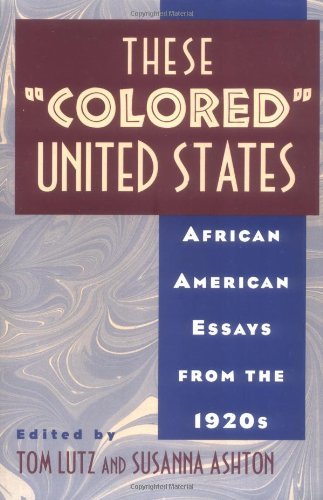
A natural and cultural history of crying probes this phenomenon from every angle.
A history of what philosophers, poets, scholars, scientists, anthropologists, and sociologists have said about tears, tracing the changing meaning of tears throughout the years and across the continents.

In this wide-ranging and provocative study, Tom Lutz looks at the ways people have understood weeping from the earliest known representations of tears in the fourteenth century B.C. to the tears found in today’s films. Drawing on works of literature, philosophy, art, and science from the writings of Plato and Darwin to the paintings of Picasso to modern medical journals, he unearths the multiple meanings and uses of tears.
A natural and cultural history of crying probes this phenomenon from every angle, using the work of philosophers, poets, scholars, scientists, anthropologists, and sociologists to trace the changing meaning of tears throughout the years.









